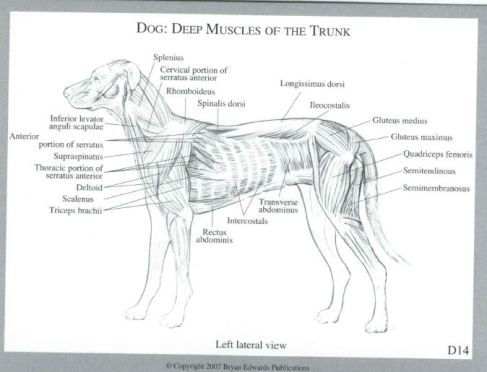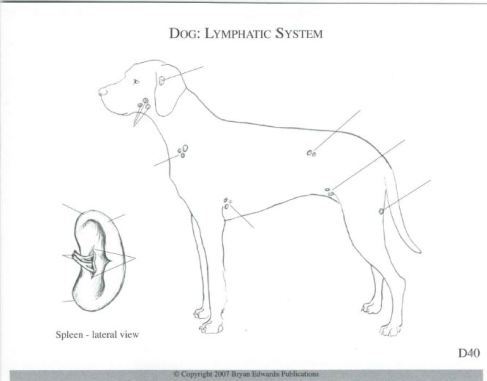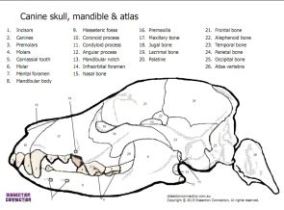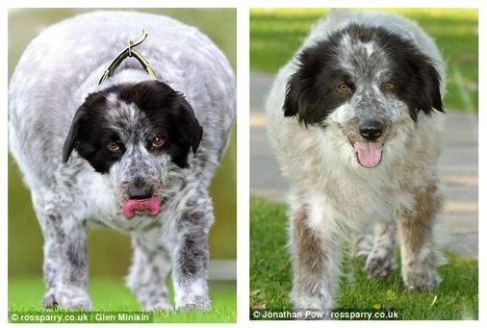A recent article was published looking at whether or not dogs should have and could thrive on a starch rich diet. The research was a genetic comparison between 12 wolves and 40 dogs from 14 different breeds. They looked at DNA for genetic markers and enzymes that break down starchy foods. Unsurprisingly they found genetic differences between the two that shows adaptations between the two groups.
Ultimately the research shows that domesticated dogs can better break down grains in their diet. While some individuals say this shows that dogs should eat grains (starch), this is not at all what the research shows. This does not and should not be used as conclusive proof that dogs thrive on starch or even need starch in their diet. What this shows rather is that dogs were fed starch and adapted to better digest it. Evolution doesn’t march forward on a progressive path. Evolution simply means we change and adapt to our environments. It is neither progressive nor good or bad; it just is. Rather, what this shows is that adapting to a human diet, rich in starchy foods, was an important step in domestication. These findings shouldn’t be used to steer people away from a meat heavy or even raw diet.
While the article has a misleading title, it’s well worth the read. You can read it in it’s entirety here: Research Proves It: Dogs Thrive On A Starch-Rich Diet. If you are really into genetics or scientific articles you can read the research in its entirety here: Supplemental Discussion accompanying Axelsson et al. “The genomic signature of dog domestication reveals adaptation to a starch-rich “diet”.
I always look at the comments and noticed someone asking about what kibble was best to feed their dog. The vet who penned the article tells her:
I hate to tell you but the best kibble is no kibble. Making kibble required starch plus processing which destroys nutrients and creates carcinogens. The ideal diet is a balanced raw/ancestral diet.
He’s not wrong and while I can appreciate the desire to educate about raw feeding and the positives of feeding this type of diet I think we need to be sensitive to the fact that some people are not going to feed a raw diet for a variety of reasons. Instead of shutting down the commentor about kibble, they should have used the opportunity to further educate on which kibbles will be best to feed under the caveat; raw is better. I firmly believe that at the very least we need to get dog owners off the grocery store, big box kibble and feeding something that provides ingredients and a nutritional composition closer to raw.
Last month I switched Blizzard completely over to Acana Pacifica. I had promised a review and in light of the information above am extremely happy to discuss this food as a fantastic example of a great kibble. Since putting Blizzard on this food his coat is shiner, softer and he seems to have greater energy. He absolutely loves the food and goes nuts when it’s feeding time (take this with a grain of salt as he’s a Golden Retriever and typically goes nuts about food). He also licks his bowl clean after each feeding which is not something he’d consistently do with his previous food.
While this food does contain some starch it doesn’t contain any grains and is 60% fish. The starch comes from things like red lentils and sweet potatoes; there is absolutely no corn in this product.

Click to take a read through the ingredients
None of their products have grain and I discussed in a previous post this Canadian company has absolutely impeccable quality control.
Now, fish might not be a food for everyone’s dog. It does smell strongly of fish and if your dog is not a fish lover you’ll want to look into another variety. They have beef, duck, lamb, turkey or chicken based foods as well. While this food is pricier (75 dollars for a 28lb bag), you’re going to stretch your dollar further as you’ll likely feed less and not need any additional supplements.
There are other great foods out there as well. Off the top of my head, any of the following would also be fantastic options:
– Fromm
– Petcurean
– Holistic Blend
– Back to Basics
– Nature’s Logic
– Orijen
– Zignature
So, stop reading and go look at the ingredients in your dog’s food. Meat needs to be the main ingredient and you want to see no grains in the first 5 ingredients (or better yet, no grains at all). Meat by-product doesn’t count! If you see corn, wheat, by-product, or preservatives in the first few lines start looking for a new food. Watch out for chemicals as well! Many big box manufacturers put a chemical called, ‘propylene glycol’ in the food. It is supposed to be a ‘food moisturizer’ but the FDA has banned it in all cat foods (but apparently is somehow okay for dogs). However, if this chemical sounds familiar, it most likely is because ‘propylene glycol’ is the main ingredient in antifreeze. Dyes, added water, meat or bone meal, sugar or added sodium are also red flags and tell you it’s time to look for a new food!
I’d love to hear what others are feeding. How did you come to settle on this food and what do you most like about it?

























